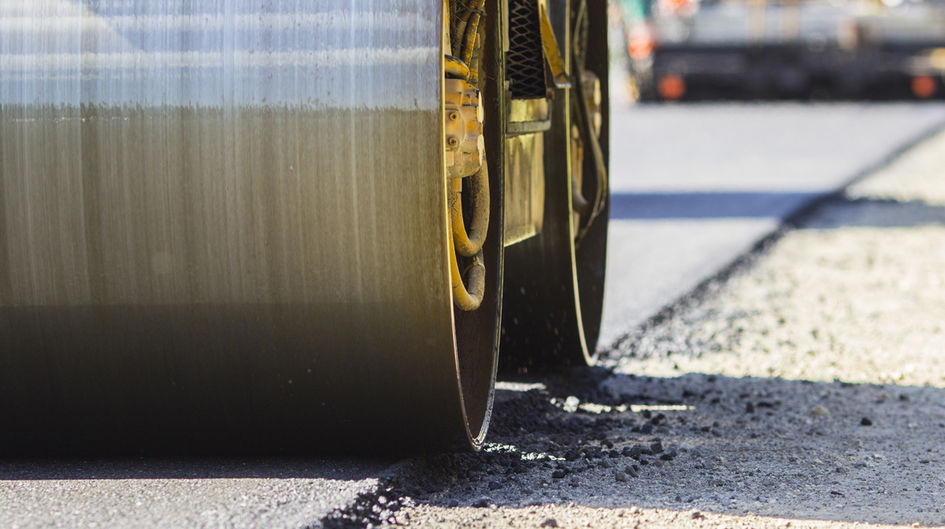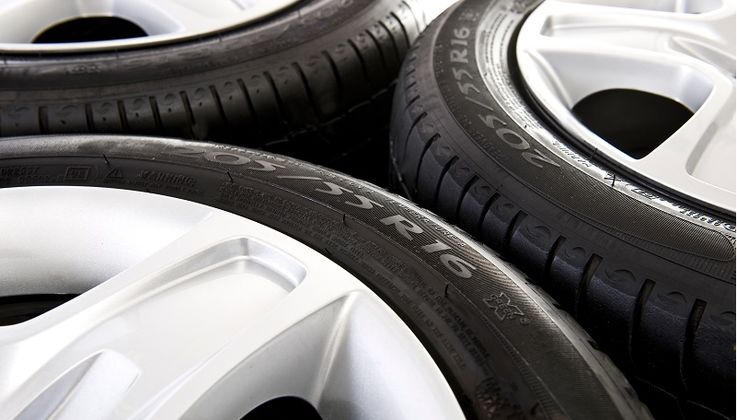
VESTENAMER® for asphalt
Innovation in road construction
Do tires belong on the road? Sure they do. But for roughly two decades now, they can increasingly be found in the road as well. Recycled tires and VESTENAMER®, a processing aid that Evonik Industries makes for the rubber industry, are what make that possible.
European highways today are nearly 75,000 kilometers and are constantly being expanded. Besides to the road construction, maintenance existing highways is an essential task to keep the traffic rolling and thus also economic growth on the old continent. In addition, since 1975, the number of vehicles per 1000 inhabitants has more than doubled within the European Union. Long-distance road freight transport has also increased significantly. More and more trucks are on the road with increasingly large axle loads.
Thus, road quality and stability remain essential issues for the public sector. The clearly emerging need for high-performance road construction materials to prevent ruts and cracks—and thus reduce maintenance costs—is looming larger in the public consciousness. At the same time, the cost of the raw materials for asphalt, especially for asphalt modifiers, has risen exponentially, standing in contrast to the goal of cost-effective road construction.
A patented process from Evonik could help solve these problems while improving road conditions: it involves blending VESTENAMER®, a polyoctenamer, with crumb rubber from recycled tires and adding this mixture to the bitumen and asphalts used in pavement. The result is an asphalt blends containing rubber.
Asphalt blends containing rubber have been used in the United States for many decades now, and long-term studies there have verified significant improvements in stability. “The European market for elastomer-modified road surface has been growing for a few years,” says Frank Lindner, the sales and new business development manager for VESTENAMER®. “Its positive properties are obvious, because it significantly reduces the formation of ruts and potholes, as well as the susceptibility of the road surface to cracking—and that extends product life.”



@Adobe-Stock/Akadmie

@shutterstock/StockPhotosLV

@shutterstock/Kalabi Yau
Another one of our senses supports the use of rubber-modified bitumen as well: crumb rubber is often used in open-pored silent asphalt, where it reduces traffic noise. Scientific studies have shown that increasing the proportion of rubber used in pavement can lower noise levels by one to two decibels—a huge success, as Lindner points out, because reducing noise by three decibels cuts the perceived traffic volume down by half.
Using recycled tires makes environmental sense every time: “Recycling used tires protects valuable resources,” points out Dr. Sandra Reemers, who is responsible for the specialty polymers business. “The tires aren’t classified as garbage—they’re instead considered to be valuable materials that shouldn’t just go, say, to a landfill. And that makes the disposal question moot: instead of burning tires, we give them a new life on the road, albeit one as an elastomer in the road surface instead of a horsepower-driven one on the road.”



